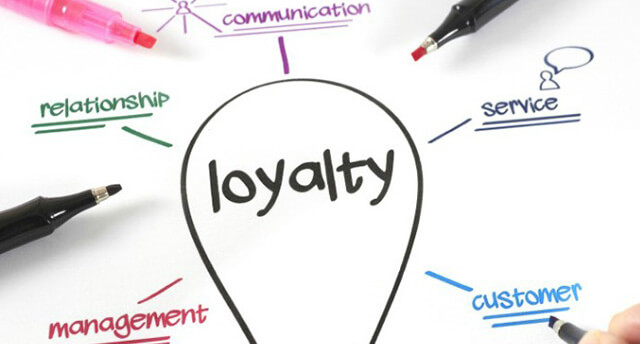The Critical Questions: What, Who, Where, When, Why, and How?
CX professionals are hearing a lot about Customer Journey Mapping these days, but with each new wave of ideas, there comes confusion surrounding it. As expert practitioners of journey mapping for over 15 years, we aim to clear up some of the confusion with this brief.
What
Customer Journey Mapping is a powerful tool for envisioning, designing, and visualizing a holistic experience from your customers’ point of view. It helps you understand your customers’ journey from their initial need for your product or service, to researching the competition, selecting your company, purchasing, using the product or service, and repurchasing or churning out. It helps you document your customers’ journey (using sales and marketing materials, data, survey results, etc.) to create journey maps based on compelling rationale and emotional evidence.
Customer Journey Mapping isn’t just a digital clickstream that shows you where your customers move around your digital properties. It’s not just big data analytics around aggregate performance or response metrics. It’s not a survey of Voice of Customer or social sentiment. It’s not focused on one single set of interactions. Instead, Customer Journey Mapping is a tool that helps you better understand and engage your customers by viewing their interactions with your company across the full lifecycle of their experience, preferably broken further down by definable customer segments.
Who
CX managers usually begin with the question, “Who should be journey mapping in my company?” The answer contains not only heads of customer-facing departments, such as marketing, customer service, e-commerce, and direct sales, but it is also important to include other departments, such as finance, HR, and even purchasing, legal, and back-office teams. These people may protest, but if your company sends statements or bills, hires customer-facing staff, or sends out required regulatory documentation, then all of these departments are indeed customer-facing too. The effort of getting a diverse population together is well worth it in terms of truly understanding the good, the bad, and the ugly of your customers’ experiences. Once you have identified the right people to conduct your journey mapping exercise, then you must make it relevant to each of them so that they will be properly engaged and motivated to contribute to the process.
Source – Customer Think


Recent Comments